Exploring the Past Unveiling the Rich History of Chumphon-Ranong through Historical Tourism (3)
Hey there! Back to catch up with you guys again. We're still on our historical route as part of a project called Artificial Intelligent Platform Development for Metaverse Historical Tourism (AI-MHT), just like before. This article marks the final piece in the series of historical trips on July 21, 2023. If you're interested and want to dive deeper into the details of the project, feel free to click on this link! So, without further ado, let's dive into the review of this travel adventure!
100 Years Thein Suek House
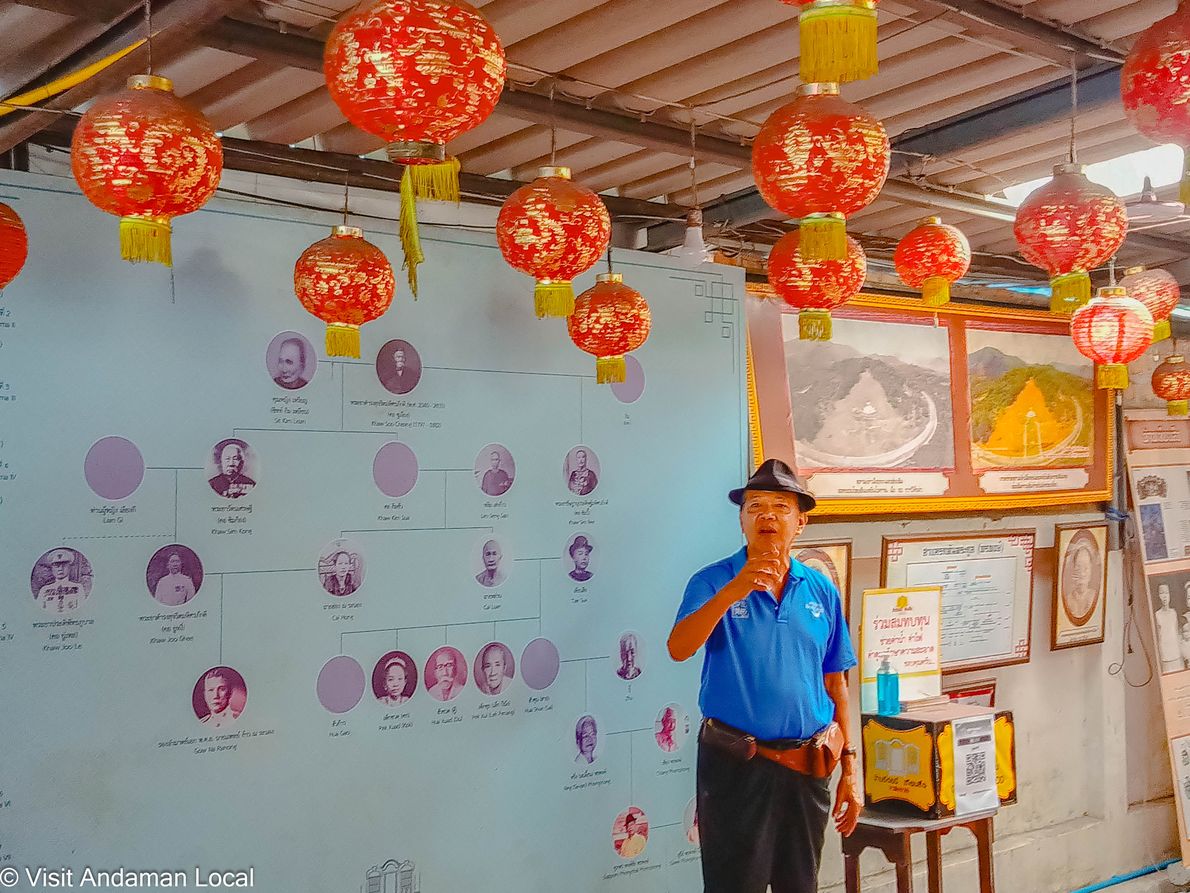
Let's kick things off with the story of 100 Years Thein Suek House. I got here around 9 AM, and this time we had Mr. Supapornpongchai Pornpong, the current owner of Thein Suek House, giving us a rundown on the history of this place.

Let’s start with the front of the house first. You'll notice a sign above the entrance. That sign is the nameplate for the Thein Suek House.
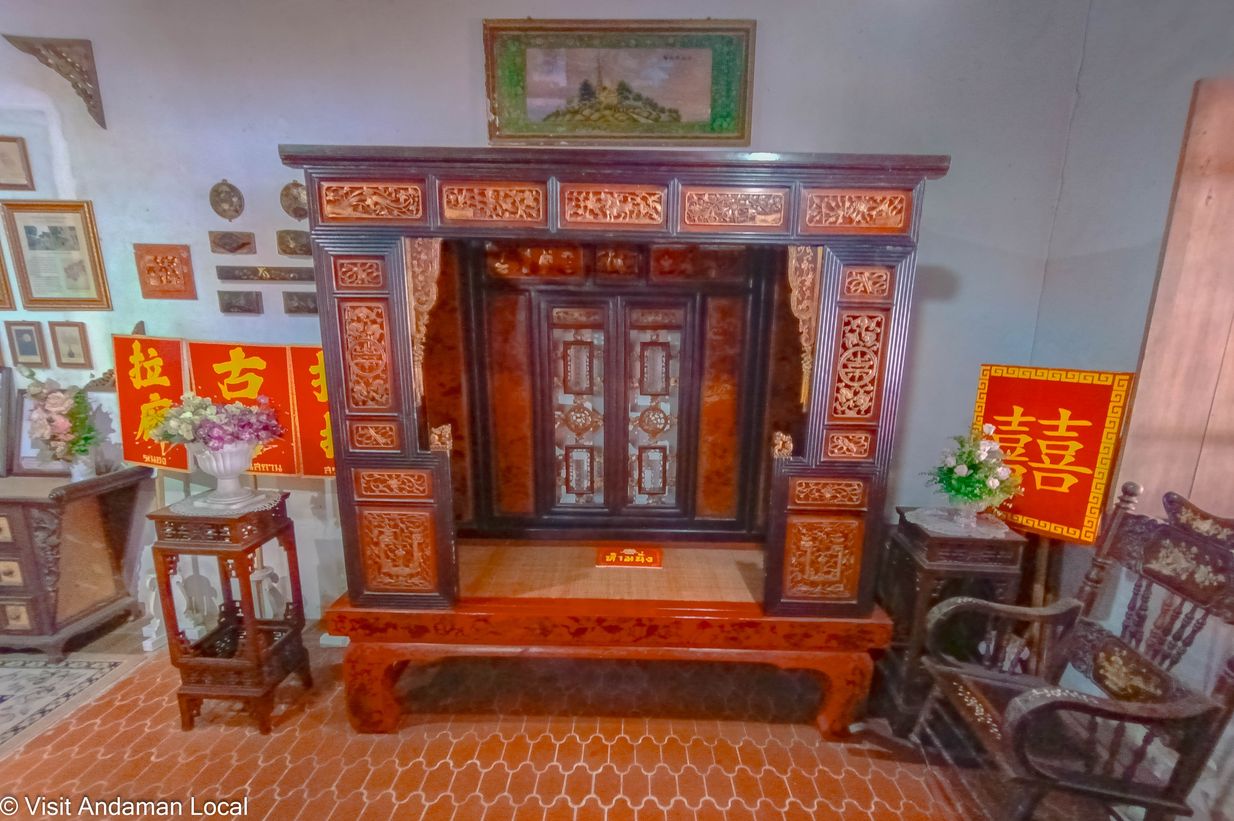
As you walk in, if you look to the right, you'll spot an ancient wooden bed.
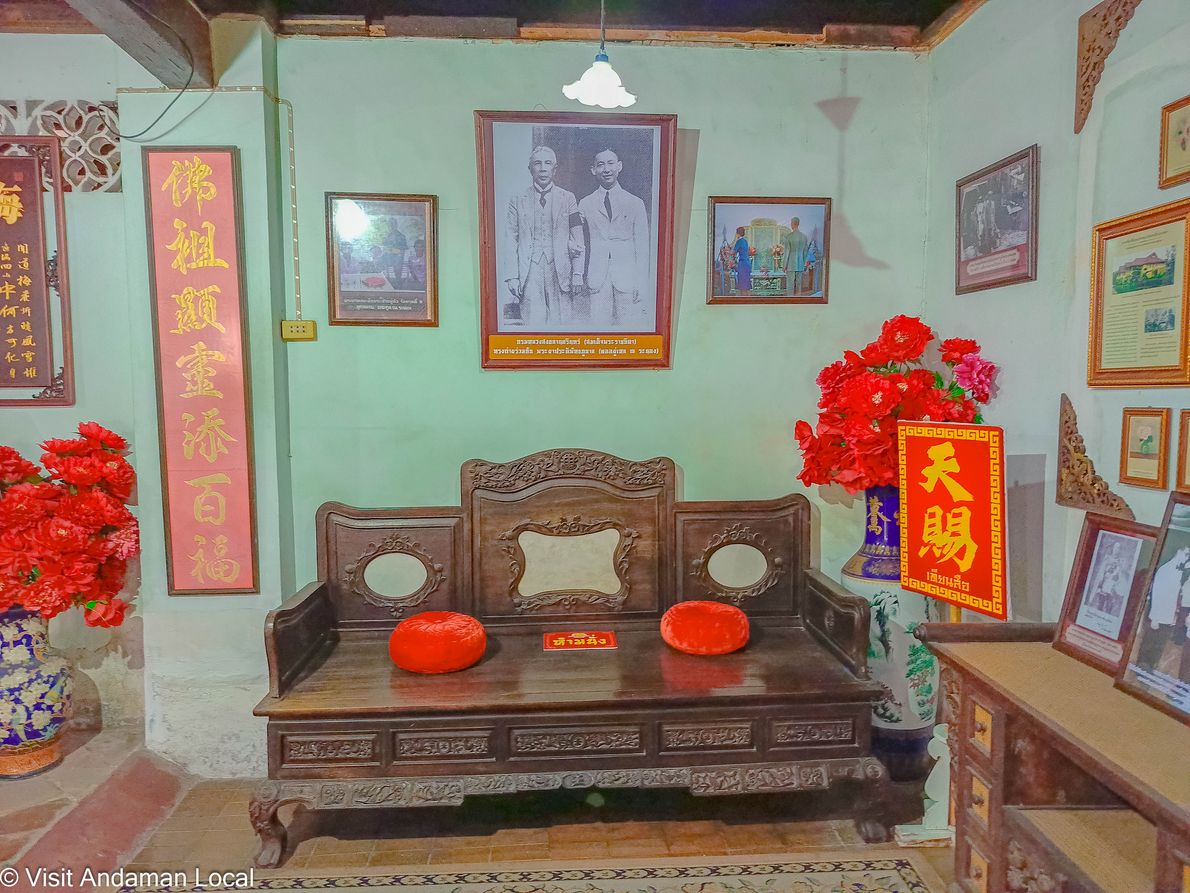
As we continue walking inside, we'll come across an ancient wooden chair. Hanging above it, there's a picture of Mahitala Dhibesra Adulyadej Vikrom (Prince of Songkla) taken together with Phraya Pradiphat Phuban.
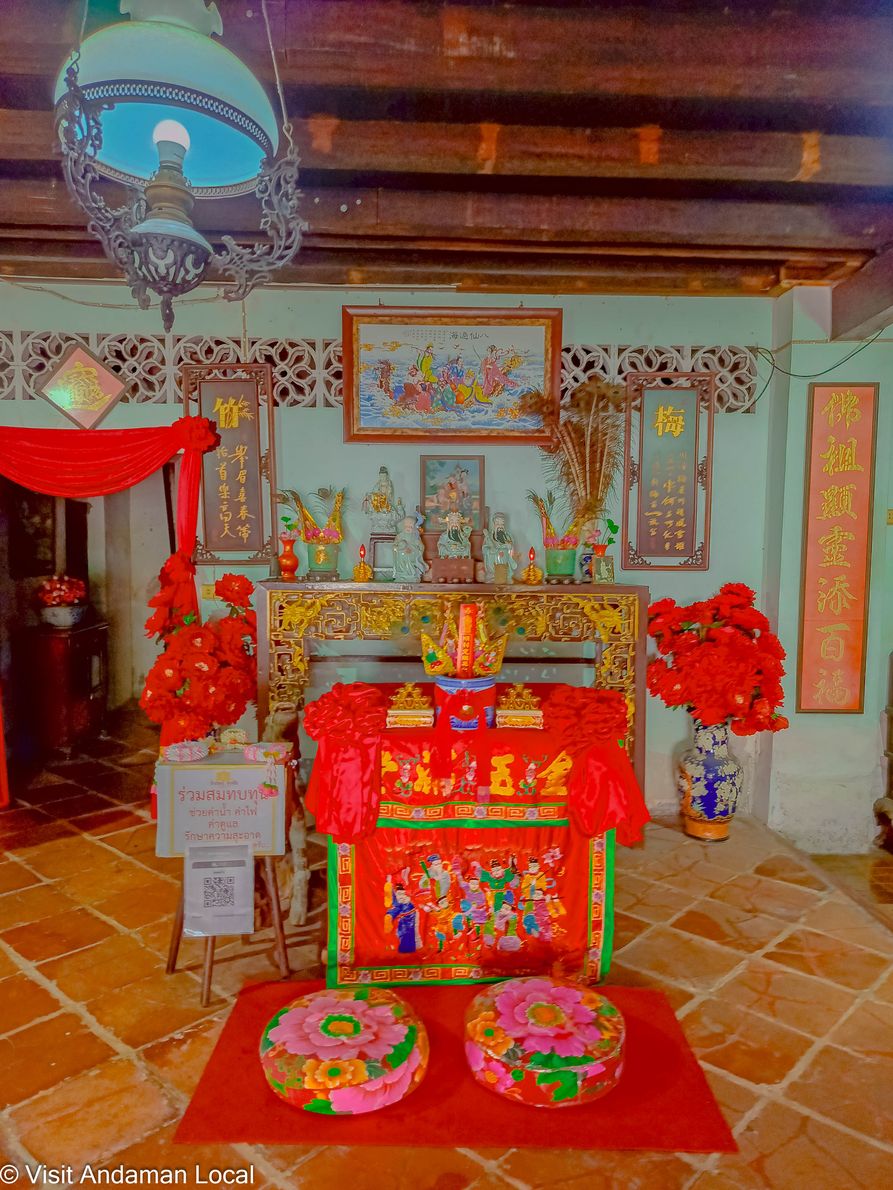
Next, in the middle, there'll be an altar for worship and paying respects. Did you notice the kerosene lamp at the top left corner of the picture? There's one of those in the Ranong Governor's Residence too. It's a kerosene lamp that can be raised or lowered to whatever height you want.

Next up on the left side, we'll spot a bunch of old cabinets for storing appliances and stuff from back in the day.
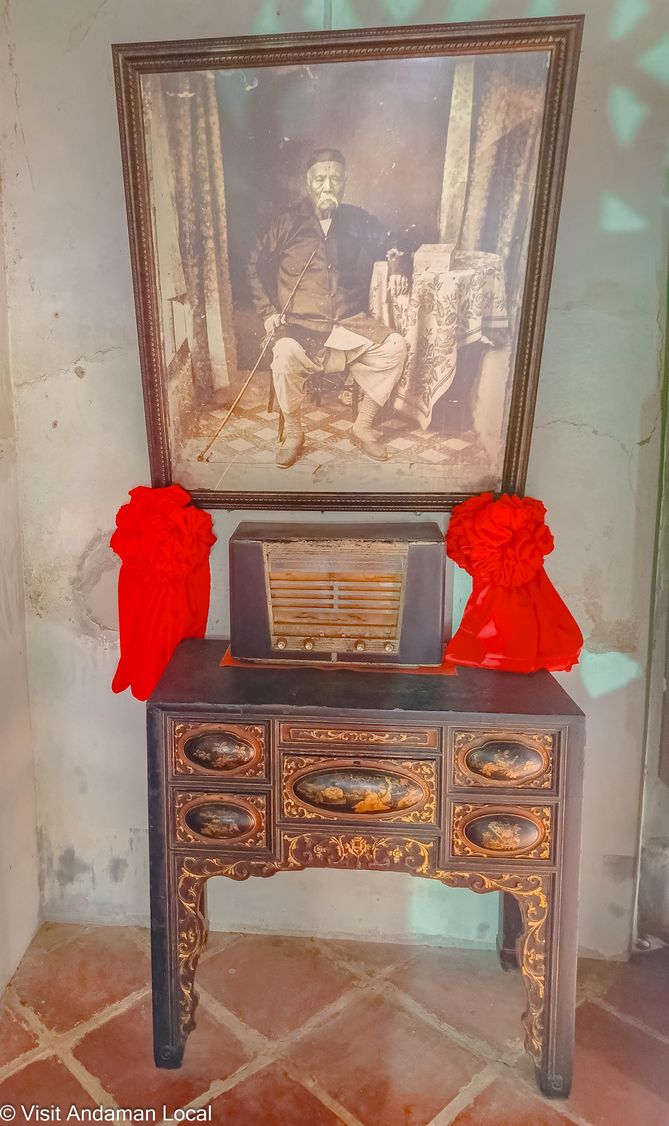
Just walk through the middle door at the back. You'll come across a photo of Kor Su Jiang, ancestor of Na Ranong, back when he had an audience with Rama V. In the picture, you'll see a long piece of wood. Some might mistake it for a cane, but honestly, that's not what it is. The long piece of wood you see is a smoking pipe.
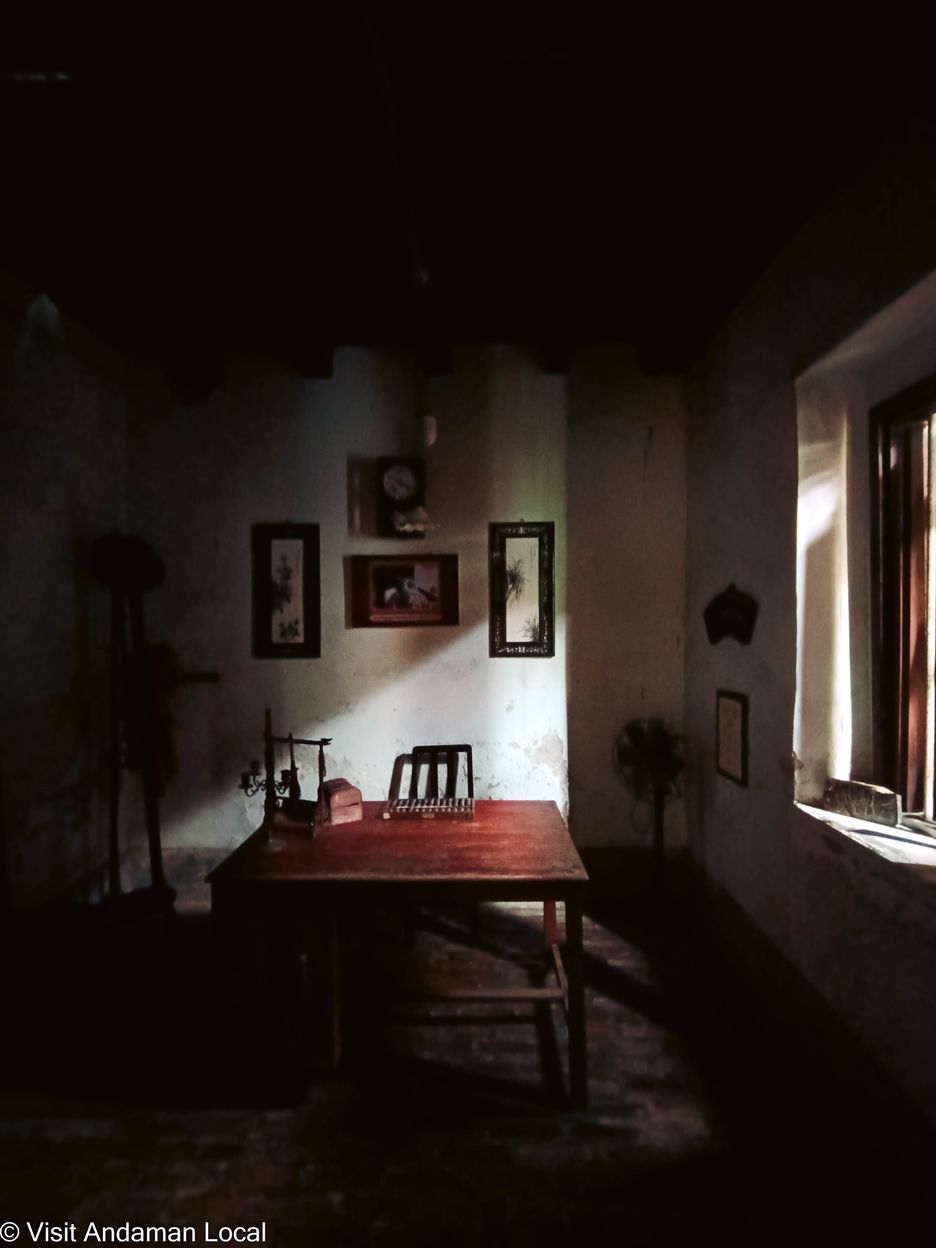
The room on the left is a workspace. There’s all sorts of old stuff in there, giving it that vintage vibe.

On the right side near the exit door, there's a bedroom. You'll notice there's a desk, a vanity, and an ancient Chinese-style mirror.
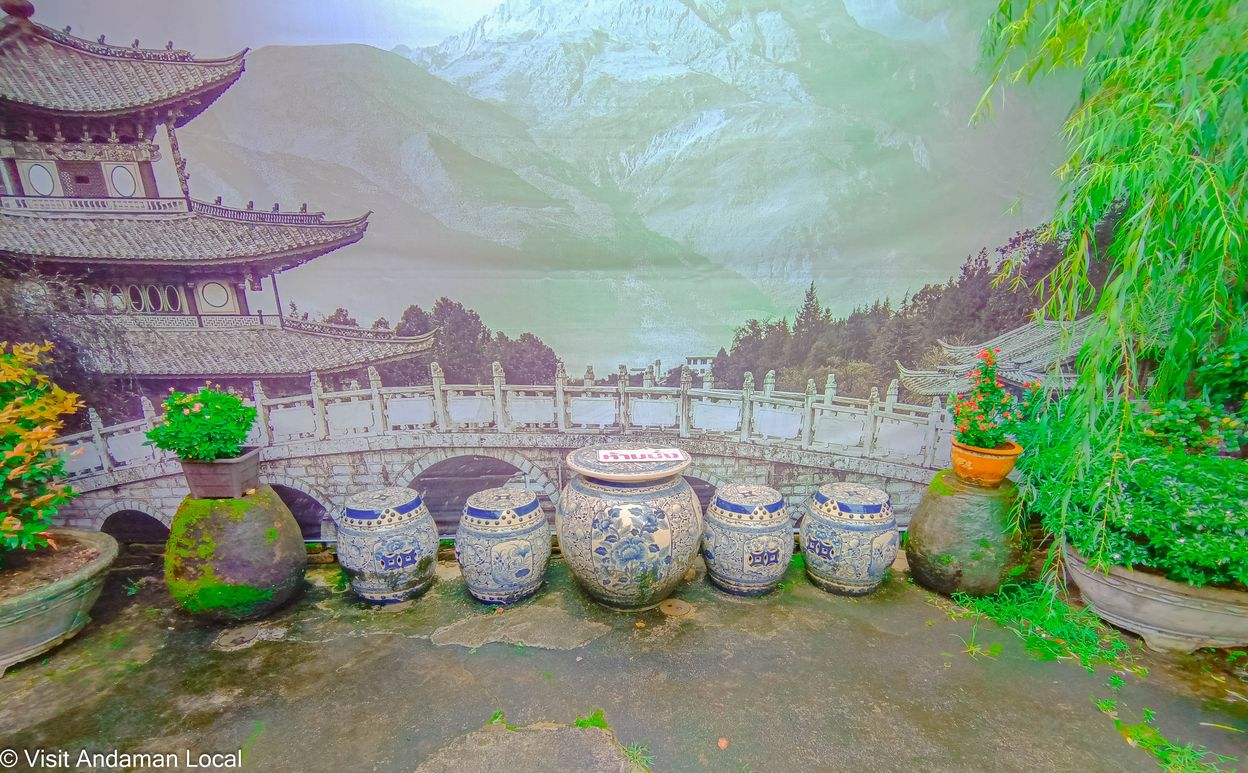
When we step outside, we'll see a water jar-like porcelain displayed at the front of the Chinese-style landscape painting wall.

On the far inside, we'll come across the entrance to the inner floor of the house. The sign above the door holds the meaning of "May the influence of the motherland flow to the descendant," while the sign to the right of the door signifies "May a stream of gold and silver flow like-" As for the sign on the left side, it's going to say something like "the downpour falling into the peach garden".
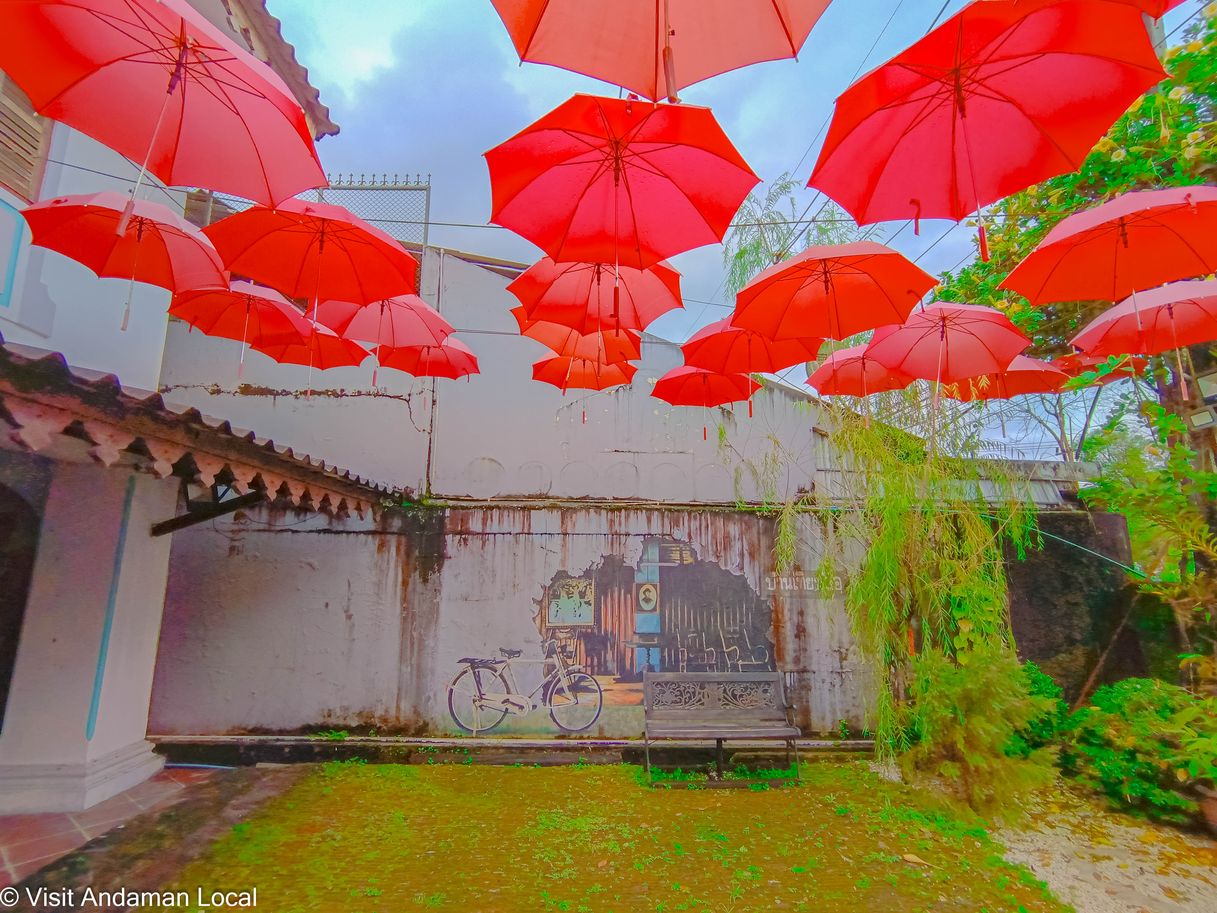
If we go back to the very front of the courtyard, you'll spot a bunch of red umbrellas hanging over your head. And on the wall, there are some paintings.
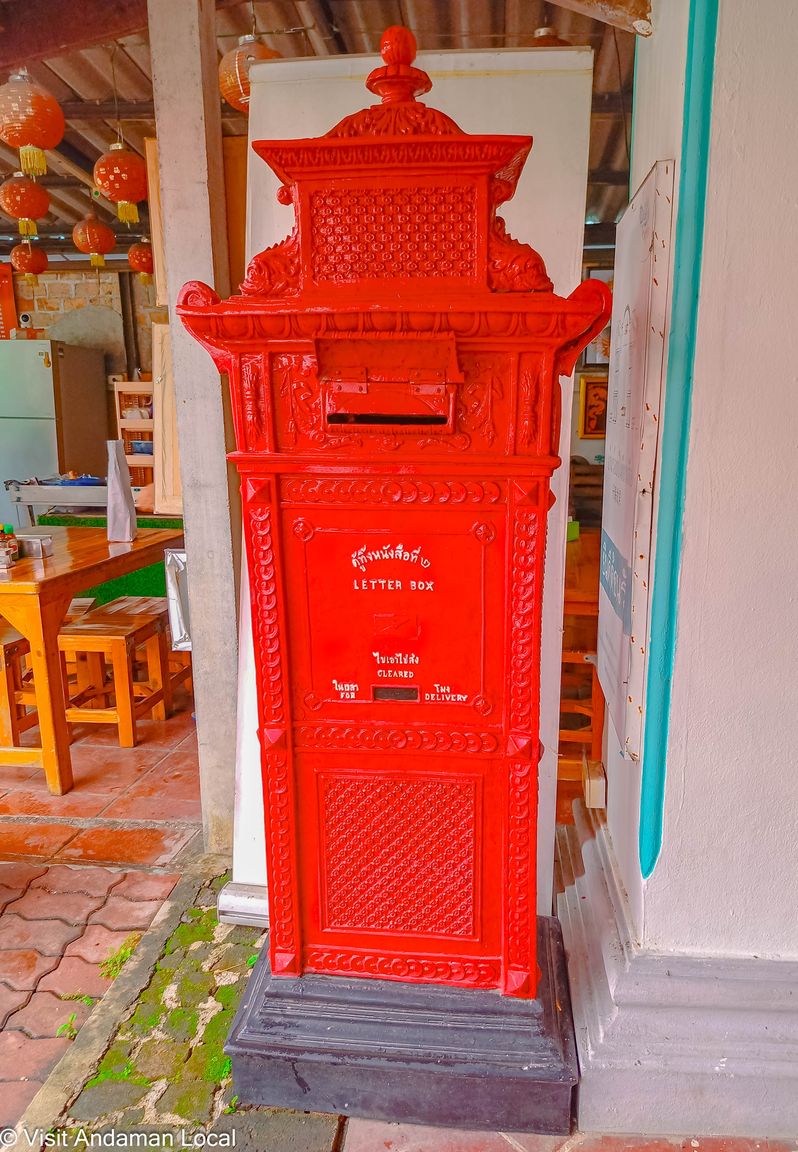
If we turn around and look straight ahead, we'll spot a vibrant red mailbox standing out.
Raksa Warin Hot Spring
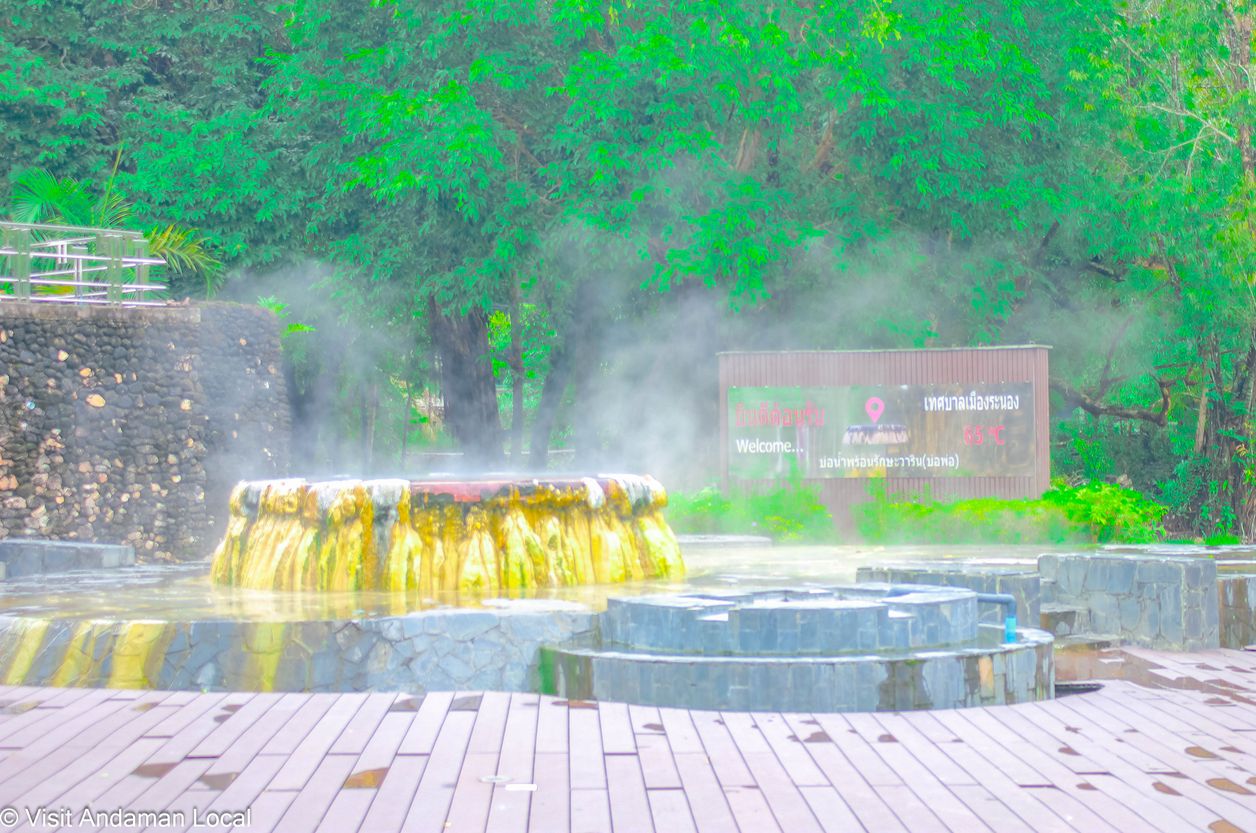
The next stop was the Raksa Warin Hot Spring. I got here around 10:30 AM. The weather was cloudy, and the water temperature was about 65 degrees Celsius, just like the sign in the picture said. The water here is all-natural. There are three pools in total: The Father Pool, The Mother Pool, and The Child Pool, in order of their size.
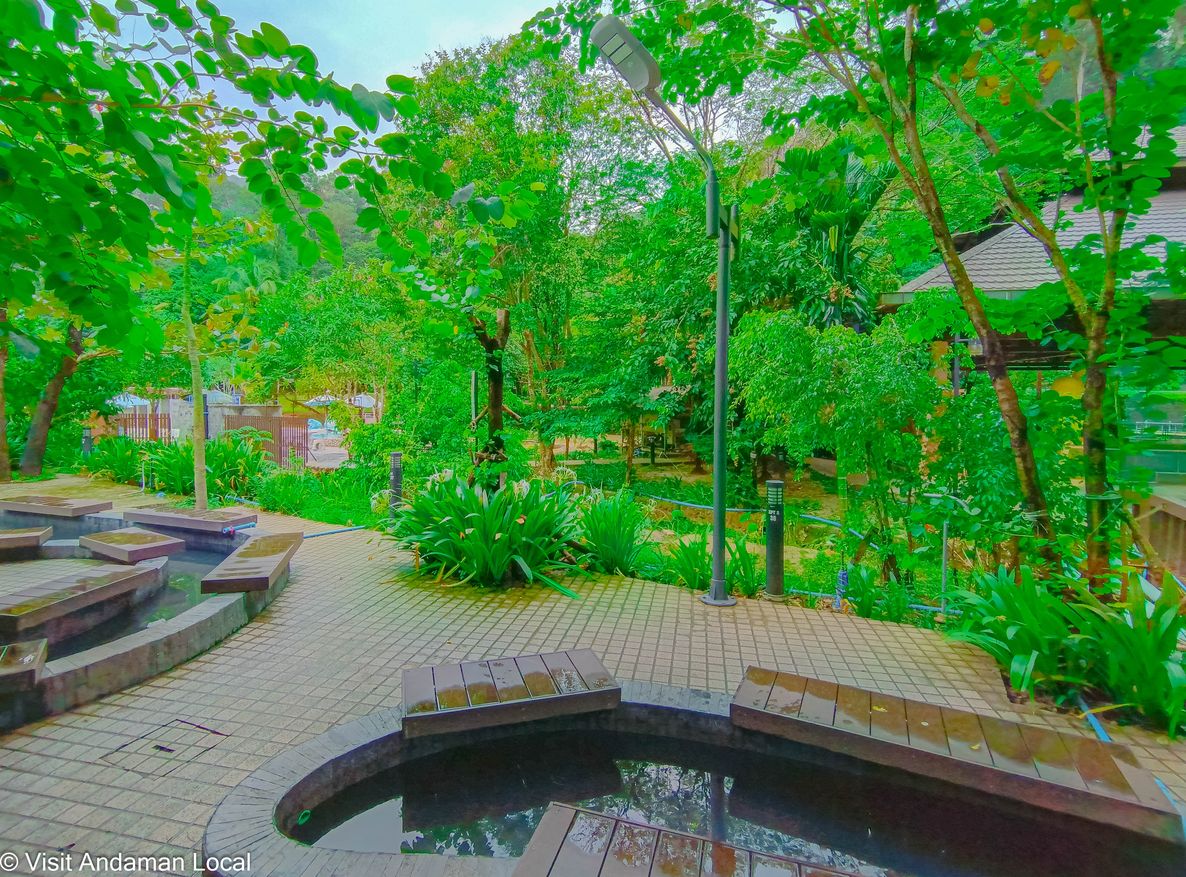
The hot spring here is different from other places because it's pure without any sulfur smell. Normally, hot springs have that distinctive smell due to the sulfur content.
The hot spring pool at the Raksa Warin Hot Spring is open for full body soaking and foot soaking. If you're going for a full soak, they divide it into morning and evening sessions and limit the number of people. As for foot soaking, you can do it continuously during opening hours.
I had the chance to soak my feet this time. The initial sensation when I dipped in was that it was hot like the meat was getting cooked. I had to stand still for a moment, as I can tell you, walking wasn't an option – it was scorching on the skin. However, once I adjusted, it was all good. The feeling after the soak was quite relieving. If I could give a little tip, have a small towel handy to wipe off sweat and dry your feet after the soak.
Khun Lin Restaurant
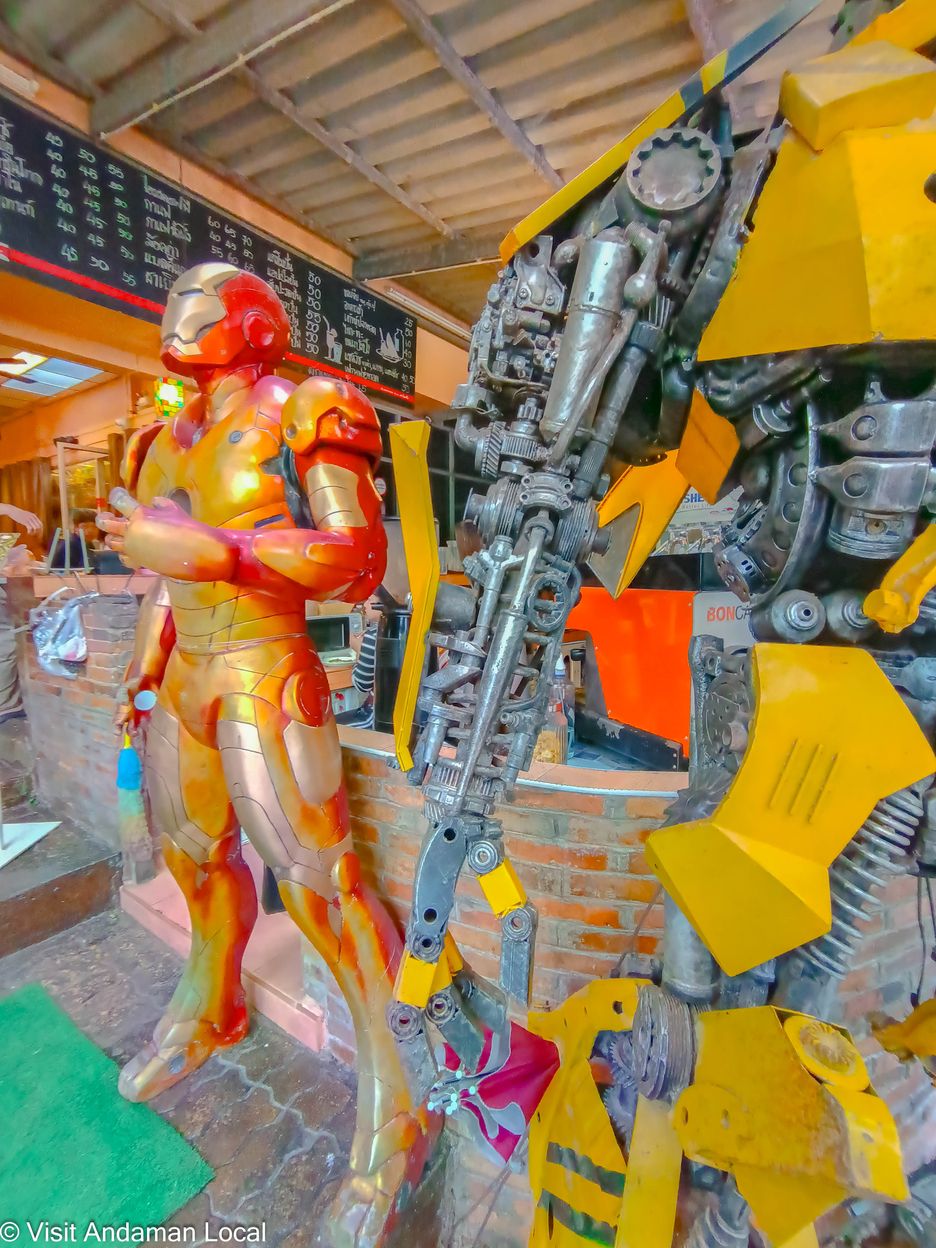
The last place before we parted ways was Khun Lin Restaurant. It's part of the project I've been involved with. The restaurant is located right across from the Raksa Warin Hot Spring, so you can easily walk over from the other side of the road. I got here around 11:00 AM. The rain was pouring heavily as I made my way to the restaurant, so I couldn't snap a picture of the exterior. But I managed to take some shots inside. They have these big models welcoming you.
The highlight of this place? Well, they offer a free try at making Stir-fried Malindjo Leaves with Egg. As you step inside, you'll see a table set up in the middle for this dish. If you're dining here, this is a must-try experience.
And here's another little special thing about this place: each dish on the menu comes with its name pinned on it. Perfect for those who love taking food pictures to share with friends or post on social media. No need to guess what's in the photo, it's all clearly.
Sum up for this trip:
• 100 Years Thein Suek House 9.00 AM.
• Raksa Warin Hot Spring 10.30 AM.
• Khun Lin Restaurant 11.00 AM.
If you're using Google Maps for navigation. You can check the route of this trip from this link.
The historical trip series has come to an end. I hope that you are enjoying this trip. Thank you so much for staying engaged until this point. I look forward to our next trip!
Author: Akiraz
Images




















0 Reviews